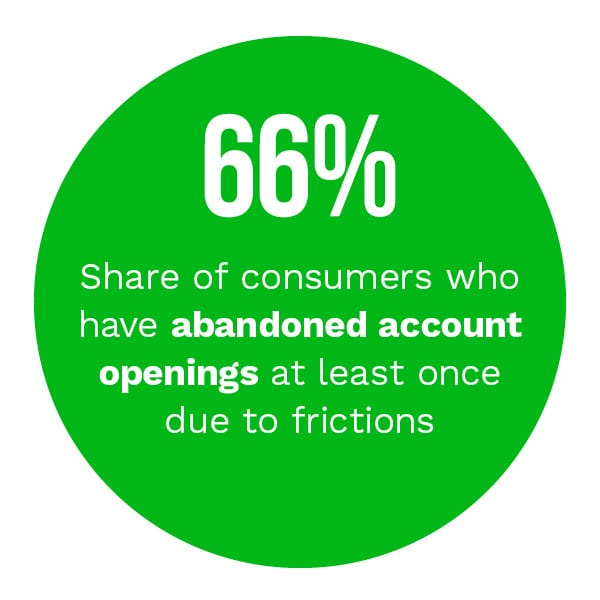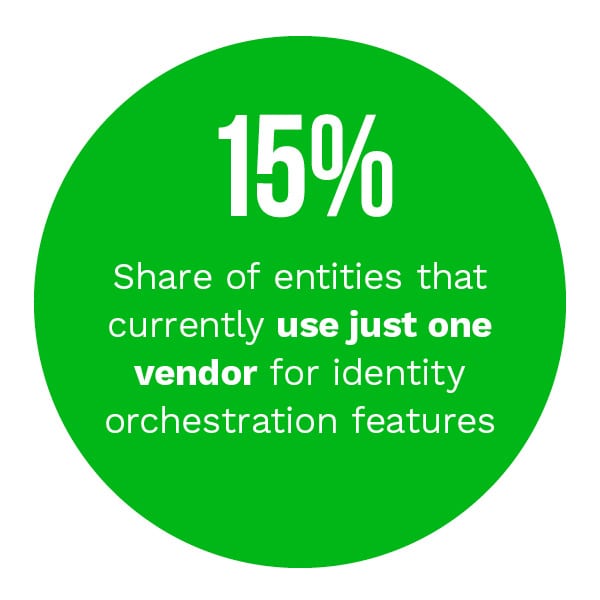Report: Zulily On How Digital IDs Help Flag Account Takeovers

Consumers are relying more heavily on eCommerce during the pandemic, and they have high standards for what digital shopping should be like. A recent study of North American and European consumers found that 92 percent expect their digital transactions to be safe, streamlined and convenient, for example. Shoppers may be quick to take their business elsewhere if these demands are not met, with 66 percent of respondents saying they had at least once given up opening accounts due to poor experiences.
 Merchants seeking to serve the rising wave of online shopping have their work cut out for them as they strive to fight fraud and verify consumers while also ensuring that these protective measures do not significantly disrupt the customer experience. Robust digital identification tools could help merchants better strike this balance. The October Digital Identity Tracker® explores how sellers are adopting biometric-based verification and artificial intelligence (AI) tools to draw in customers and fend off fraudsters.
Merchants seeking to serve the rising wave of online shopping have their work cut out for them as they strive to fight fraud and verify consumers while also ensuring that these protective measures do not significantly disrupt the customer experience. Robust digital identification tools could help merchants better strike this balance. The October Digital Identity Tracker® explores how sellers are adopting biometric-based verification and artificial intelligence (AI) tools to draw in customers and fend off fraudsters.
Around The Digital Identity Ecosystem
Merchants must be on the lookout for a variety of criminal activities, and credit card fraud is an increasingly important one. The Federal Trade Commission reported recently that credit card fraud is now the most common form of identity theft. This finding puts greater pressure on eTailers to detect if such fraud is at play and to safeguard customer card data.
Online merchants need to have robust digital know-your-customer (KYC) methods in place to be able to sort legitimate users from the fraudsters and may turn to third-party tools to help them handle this. AI-powered digital solutions provider Jumio recently unveiled a platform solution intended to help eTailers with such security work. The offering supports merchants’ onboarding and verifying new users as well as securing their accounts .
.
Governments are also looking to improve how they confirm identities, and Britain recently released plans for a platform that residents could use to digitally verify their identities when accessing public services and making age-restricted purchases. Public officials intended this initiative to give residents a quick, convenient verification process. Critics warn that the government must also ensure that it is properly protecting residents’ identifying information — such as their fingerprint biometrics — or this could lead to serious privacy problems.
Find more on these and the rest of the latest headlines in the Tracker.
Zulily On Fighting Fraud And Cart Abandonment With Digital ID Verification
eCommerce merchants seeking to win over new customers aim to offer online shopping experiences that are both convenient and secure, which can be a difficult balance to strike. Not all parts of the online retail experience need to be totally friction-free, however, because consumers are willing to endure minor inconveniences if they can see the pay-off in the form of deeper customer engagement and stronger security. In this month’s Feature Story, Kiran Akkineni from moms-focused clothing, toys and home goods eTailer Zulily explained why requiring visitors to onboard before viewing items is worth the friction it causes, and how this decision has helped the company reduce cart abandonment and investigate any suspected account takeovers.
Read more in the Tracker.
Deep Dive: Leveraging Digital ID Verification To B oost Consumer Convenience
oost Consumer Convenience
Consumers expect their merchants to keep them safe and are likely to defect if retailers cannot fulfill this demand. Security alone is not enough to win over shoppers, however, and merchants also strive to offer swift, seamless experiences. This month’s Deep Dive examines how merchants are turning to digital ID verification solutions to fight fraud and keep legitimate users interested.
Check out the full story in the Tracker.
About The Tracker
The Digital Identity Tracker®, a Jumio collaboration, examines the strategies and tools that help eCommerce merchants quickly and accurately verify customers while still maintaining a swift, convenient shopping experience.

